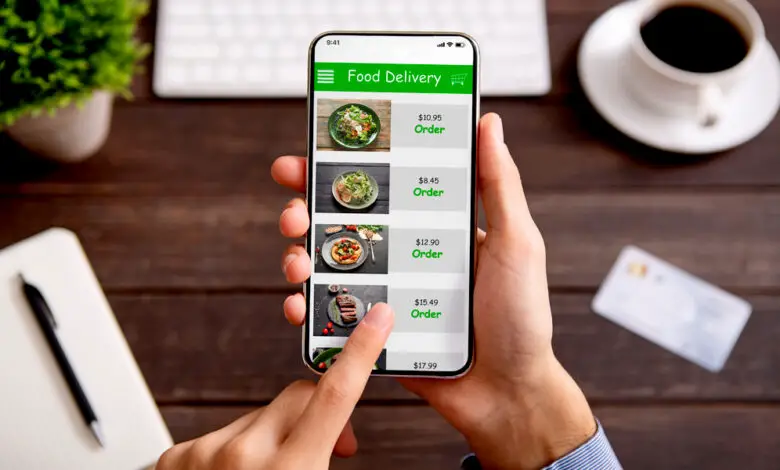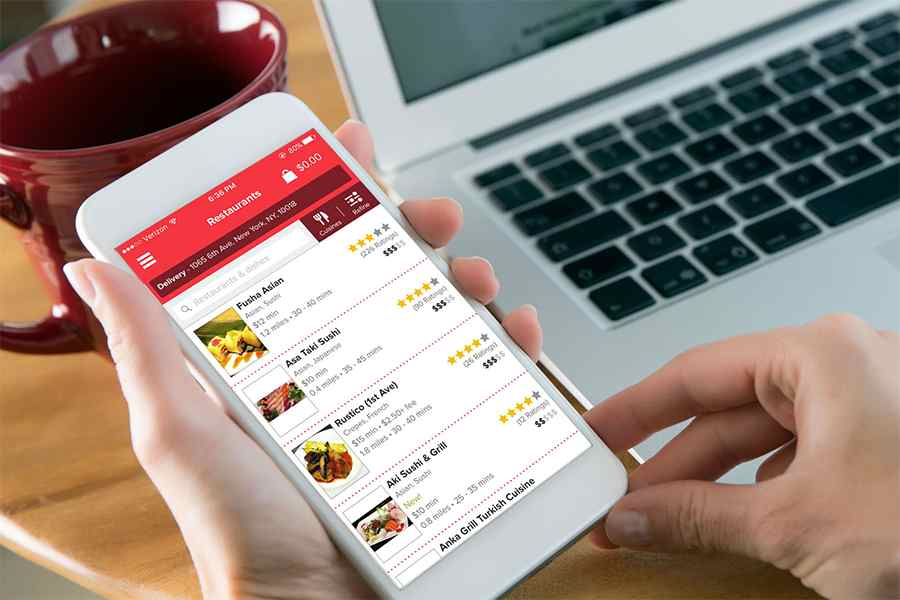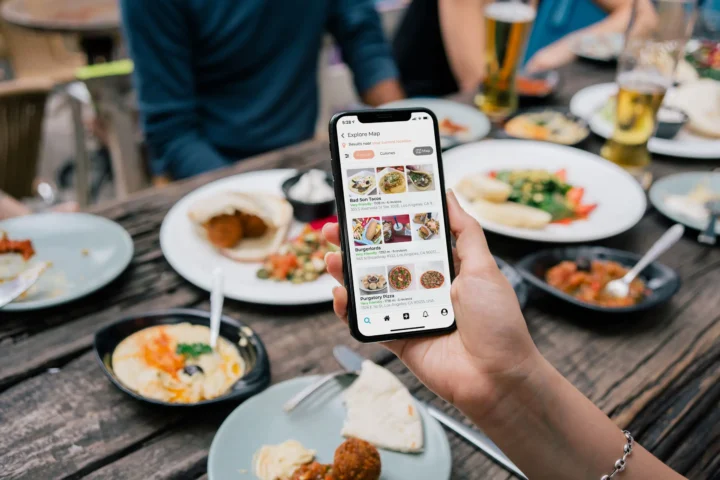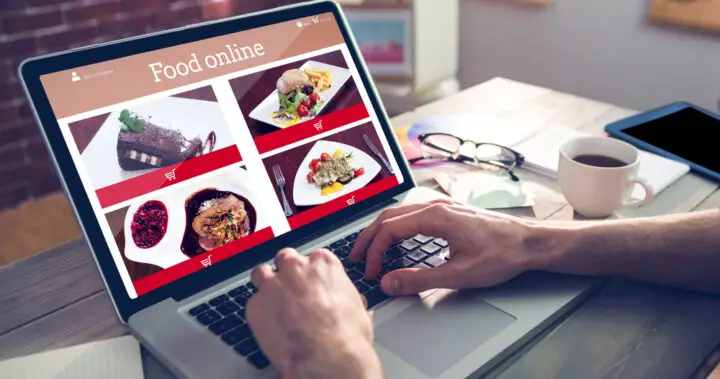Restaurants And The Rise of Food Delivery Software

Food delivery software has gone through significant changes in just the last few years as increasing numbers of customers prefer to order food online. There has been a rapid expansion of online food ordering and delivery platforms, reshaping the way people experience dining. This trend has not only impacted the restaurant business model but has also brought about changes in customer behavior, operational strategies, and the overall dining ecosystem.
The Shift in Consumer Behavior
The increase in demand for food being delivered can be attributed to more modern lifestyles that include a convenience-driven culture. Consumers now expect the ability to access a wide range of restaurant offerings from the comfort of their homes or workplaces. This change has created an opportunity for restaurants to create a larger customer base beyond their immediate location, as they can deliver further away. Software from companies like datadreamers.com allows restaurants to change and adapt to this shift.
Advantages for Restaurants

There are numerous advantages for restaurants that start delivering to customers. Some of the biggest advantages include the following.
- Increased Reach. Food delivery software allows restaurants to expand their reach beyond their physical location. This opens up new markets and customer segments that were previously inaccessible.
- Revenue Growth. Online food delivery can contribute significantly to a restaurant’s revenue stream. It provides an additional channel for generating sales, especially during peak hours or when dine-in traffic is low.
- Enhanced Brand Visibility. Partnering with food delivery platforms exposes restaurants to a broader audience, increasing brand awareness and visibility.
- Customer Insights. Many food delivery software platforms offer analytics tools that provide valuable insights into customer preferences, order trends, and buying behavior. Restaurants can leverage this data to tailor their offerings and marketing strategies.
- Operational Efficiency. Implementing food delivery software can streamline order processing, reduce wait times, and improve overall operational efficiency. This can lead to better customer satisfaction and repeat business.
Impact on the Dining Experience

A lot has changed with the increase in delivering food and the options available to consumers. The rise of food delivery software has redefined the dining experience in several ways.
- Convenience. Customers can enjoy their favorite restaurant meals without the hassle of commuting, parking, or waiting for a table. This convenience factor has made food delivery an appealing option for busy individuals and families.
- Choice and Variety. Food delivery software provides access to a wide range of cuisines and restaurant options, allowing customers to explore diverse dining experiences from the comfort of their homes.
- Customization. Many platforms allow customers to customize their orders, accommodating specific dietary restrictions and preferences.
- Quick and Easy Ordering. With user-friendly interfaces and intuitive apps, ordering food has become a seamless and user-friendly process.
- Feedback and Ratings. Online reviews and ratings help customers make informed decisions about where to order from, promoting transparency and accountability in the restaurant industry.
Challenges Faced by Restaurants

While food delivery software presents numerous opportunities, it also comes with its share of challenges for restaurants.
- Costs. Partnering with delivery platforms involves costs such as commissions, packaging, and logistics. Restaurants need to carefully assess these expenses to ensure profitability.
- Quality Control. Maintaining the quality of food during transit can be a challenge. Ensuring that the food arrives at the customer’s doorstep in the same condition as it would in the restaurant requires careful packaging and handling.
- Brand Dilution. Restaurants risk losing control over the customer’s dining experience, as the final interaction occurs outside their premises. Ensuring consistent quality and presentation becomes a challenge.
- Competition. The proliferation of food delivery software has led to increased competition among restaurants. Standing out and capturing customer attention in a crowded marketplace can be daunting.
- Operational Complexity. Integrating food delivery operations into the existing restaurant workflow can add complexity. Managing both dine-in and delivery orders effectively requires efficient coordination.
The Role of Technology
Food delivery software relies heavily on technology to facilitate seamless interactions between customers, restaurants, and delivery drivers.
- Mobile Apps and Websites. User-friendly mobile apps and websites allow customers to browse menus, place orders, and track deliveries in real time.
- Geolocation Services. Geolocation technology enables accurate tracking of delivery drivers, helping customers anticipate the arrival of their orders.
- Payment Gateways. Secure online payment gateways ensure smooth and secure transactions, offering a range of payment options for customers.
- Order Management Systems. Restaurants use order management systems to process incoming orders, manage inventory, and coordinate preparation and delivery.
- Data Analytics. Advanced analytics tools provide insights into customer behavior, order patterns, and operational performance, enabling restaurants to make data-driven decisions.
The Future of Food Delivery

The rise of food delivery software is likely to continue shaping the restaurant industry in the years ahead. Changes are expected as companies adapt, and technology improves.
- Hyper-Personalization. Advances in AI and data analytics will enable platforms to offer hyper-personalized recommendations and promotions based on individual preferences and past orders.
- Sustainability. Consumers are increasingly conscious of environmental impact. Restaurants and delivery platforms may adopt eco-friendly practices, such as minimizing packaging waste and optimizing delivery routes for fuel efficiency.
- Virtual Restaurants. The rise of virtual restaurants – kitchens that exclusively serve online orders – may become more prevalent, enabling restaurants to explore new concepts and cuisines without the overhead of physical dining space.
- Ghost Kitchens. Ghost kitchens, also known as cloud kitchens, are centralized cooking facilities that cater solely to online orders. They offer cost-effective solutions for delivery-focused restaurants.
- Integration with Smart Technology. Integration with smart home devices and voice assistants could make ordering even more convenient and accessible.
The rise of food delivery software has revolutionized the restaurant industry by changing the way people experience dining. Consumers’ growing demand for convenience, coupled with advancements in technology, has paved the way for the widespread adoption of online food ordering and delivery platforms. While this trend presents numerous advantages for restaurants, it also poses challenges that require careful consideration and strategic planning. As technology continues to evolve, the future of food delivery holds the promise of even more personalized, efficient, and innovative dining experiences.
